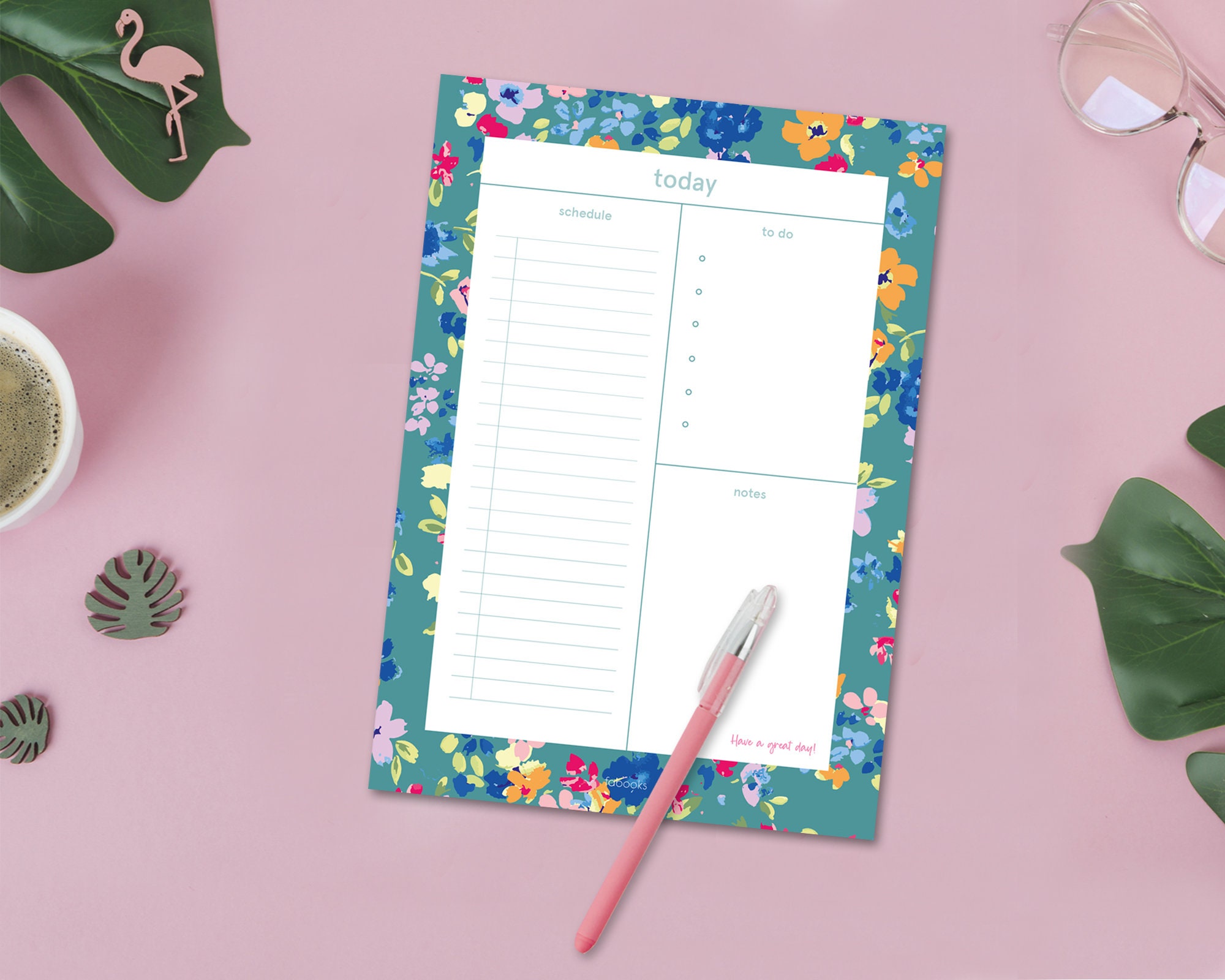

- #Daily 5 introduction lesson planner how to
- #Daily 5 introduction lesson planner series
- #Daily 5 introduction lesson planner download
Use your Lesson Planner Sheet after each reading lesson to make notes of what concepts will need review in the next lesson. Use materials provided with your OG-based program such as letter tiles, flashcards and fluency sheets or games for this review. Review the main concept or concepts from the previous lesson. Watch this short video clip of my 6-year old practicing reading fluency with Let’s Read.Ĭoncept review. Have your kids read one 2-page spread three times in a row to build fluency.
#Daily 5 introduction lesson planner series
We also love the Let’s Read series from Educators Publishing Service for daily blending drills. We use the green word cards from All About Reading for our blending drills.
#Daily 5 introduction lesson planner how to
The primary purpose of this drill is to learn how to blend phonemes together, not just to read a word. In the Blending Drill, they will work with two or more graphemes that they blend together into a word or syllable. In the visual and auditory drills, your child worked on one grapheme to one phoneme or one phoneme to one grapheme. The purpose of the Blending Drill is to put into practice the skills they have gained from the visual drill. The student needs to be able to rapidly recall the graphemes for the phonemes in a word to be able to spell (encode) the word fluently.ī lending drill. This is a very important skill for a student to be able to learn how to spell words efficiently and effectively. The purpose of the Auditory Drill is to build automaticity (rapid naming) for matching phonemes (sounds made by graphemes) to their graphemes (letters or groups of letters). Your child repeats the sound and then writes the corresponding grapheme (letter or letters) on paper, a salt tray or on a dry erase board. Speak the individual phonemes (sounds) your child needs to practice. Put them in random order in your deck and review daily.Īuditory drills. Use graphemes your child knows but needs to build fluency with and any new graphemes being taught. Your child needs to be able to rapidly recall the phonemes for the graphemes in a word to be able to read (decode) the word fluently (with automaticity). This is a very important skill for a student to be able to learn how to read (decode) words efficiently and effectively. The purpose of the Visual Drill is to build automaticity (rapid naming) for matching graphemes to their phonemes. So for example, a flashcard has the grapheme ‘ee’ and your child says the long sound of ‘e’. Use flash cards with graphemes (letters and groups of letters) and have your child say the phonemes (sounds made by graphemes). Read this for ideas and resources for teaching phonemic awareness. Separating the spoken word “cat” into three distinct phonemes, /k/, /a/, and /t/, requires phonemic awareness. Many kids with dyslexia lack the foundational skill of phonemic awareness being able to hear, identify and manipulate the individual sounds in words. Read this amazingly effective method for teaching sight words to kids with dyslexia. I even keep reviewing sight words until my kids can read them in their daily reading (the readers that come with our OG reading curriculum) with confidence. Review sight words until they can be read without prompting – a minimum of five times (over the course of 5 lessons). We make review time fun by trying to go as quickly as possible with lots of smiles and laughter.ĭuring review time, the student will practice the following:

Each of the drills and the review will take only a few minutes. Kids with dyslexia need a LOT of review, therefore building a routine of review into every lesson is critical for making progress. Review is critical to the success of any OG reading program. A lesson plan should typically include the following five parts: Part 1: Review The order of your lessons should be the same each session. Organizing an Orton-Gillingham Reading Lesson
#Daily 5 introduction lesson planner download
At the end of the post, you can download a free OG reading lesson planner complete with instructions for how to use it. This post will share how the OG approach recommends structuring lessons. I learned a lot during my training, but one of the things that I came away with was a better way to organize my reading lessons. Several years ago I became a certified OG dyslexia tutor to increase my confidence while homeschooling my own kids with dyslexia. Over the course of our 20-year journey teaching kids with dyslexia to read, learning about and teaching with the Orton-Gillingham method has made the biggest impact on our kids reading.Ĭlick here to learn more about the philosophy behind the Orton-Gillingham (OG) approach to teaching reading. Of all reading programs, Orton-Gillingham has the most research to support its effectiveness with dyslexic learners. If you prefer to listen to this post, click the player below:


 0 kommentar(er)
0 kommentar(er)
